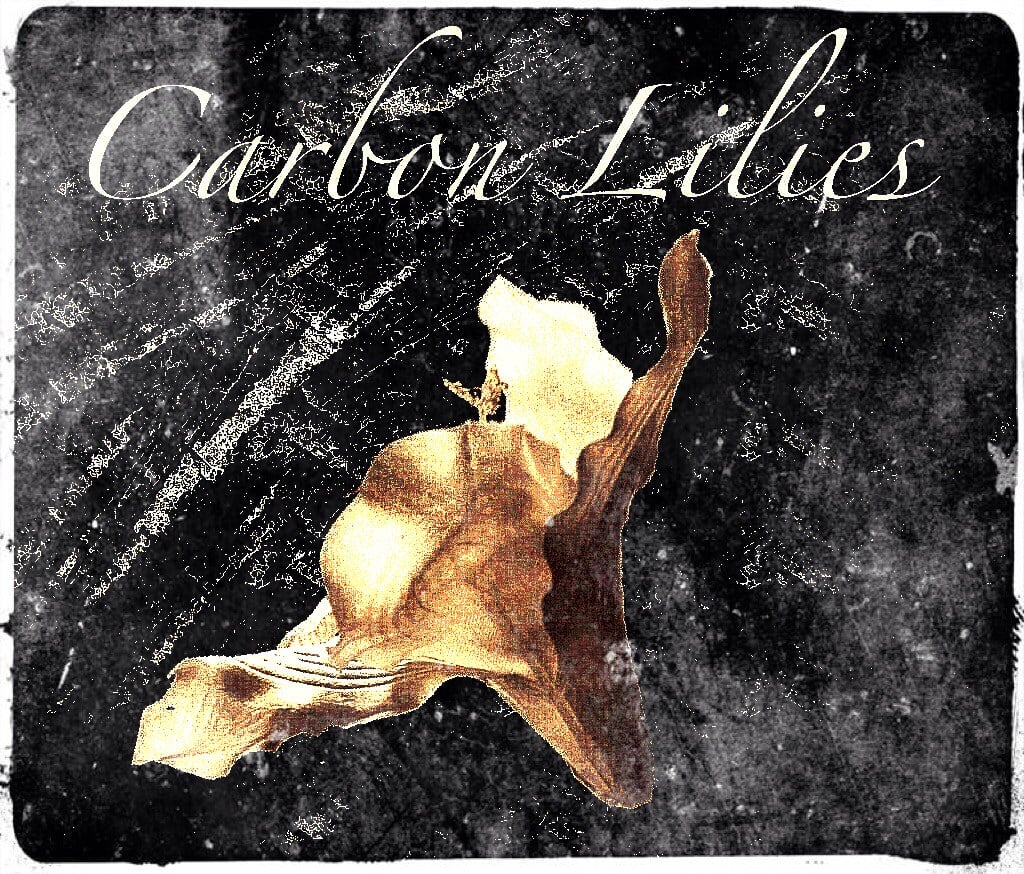MARCH 15th, 2015
By LANA CARBON
March 17th, the one day every year when everyone becomes a little (more) Irish by wearing green, decorating with shamrocks and leprechauns and watching the local parade. I have always enjoyed St. Patrick’s Day even though I never really knew much about the background of what the celebration was all about. It made me think about how many people truly know the history of this holiday? Why are we wearing green? What is the connection between the shamrock and a Christian Saint? What is with the green beer? I take a look at these and some other Irish themed traditions.
Saint Patrick: The Man
Did you realize that St. Patrick wasn’t even Irish? He was actually born around 460 C.E. a Roman living in Britain who was captured and taken to Ireland as a slave at the age of 16. Although he would escape six years later, eventually (after 15 years of devout study) he returned for missionary work as a cleric (and then bishop) converting the pagans to the Christian faith. So successful was he that by 600 C.E., he was considered the Patron Saint of Ireland.
Legend has it that snakes attacked the Saint while he was fasting. He supposedly chased all the serpents into the ocean and that is why there are no snakes in Ireland (however there have never been snakes in Ireland during the post-glacial period). There is a suggestion that the “snakes” refer to the serpent symbolism of the druids as shown by the coins minted in Gaul at the time.
The Celtic Cross
Being familiar with the Irish language and culture, St. Patrick incorporated ritual and symbolism into his teachings rather than try to simply eradicate their existing beliefs. One such example was superimposing the sun into the traditional Christian cross to make the transition seem more natural to the pagans. Thus the Celtic Cross was born.
Shamrock
Although the natural abundance of the clover plants could have been enough to explain how closely associated the shamrock was with the Irish, it is also thanks to St. Patrick himself that the two are synonymous. He used the three leaves as a tool to help him explain about the Holy Trinity in his teachings. It is also the source of tying the color green to Ireland ‘s landscape and the holiday as well.
Kiss Me, I’m Irish
We have seen the t-shirts everywhere but from where does the expression actually come? It references the Blarney Stone which is built into the battlements at Castle Blarney in Cork County. Kissing the stone supposedly grants the kisser the gift of eloquence. However, since it is a difficult feat to actually kiss the stone (as well as a fear that practical joking locals urinate on the stone), the next best thing is to kiss someone from Ireland. In order to capitalize on the phenomena, I can only assume the saying was coined by a romantically charged youngster.
Leprechauns
The wee ones are much more than the cartoonish, happy-go-lucky mascots and cereal advertisements to which you may be accustomed. A type of faery (not to be confused with the winged, cutesy Disney-style variety) which could be lustful, downright nasty tricksters that may grant your deepest desire or bring your most terrifying nightmare into existence. Normally pictured as a wise, bearded old man dressed in green with buckled shoes and hat, it is believed that capturing a leprechaun would force it to grant you three wishes or to make it lead you to its pot of gold.
Celebrations & Parades
The first celebration of the day took place in Boston in 1737 by the Charitable Irish Society of Boston as a way to honour the Irish culture that colonists had been separated from. It consisted of a religious service and feast. It would be another 25 years before the first parade would take place when a group of Irish Protestant soldiers in New York would march down Broadway as a show of solidarity and patriotism. This would be the origin of the military themed marching units in parades still to this day. The largest parade cities are locations that had high numbers of Irish immigrants during the early history of the U.S. These include Boston, New York, Chicago and New Orleans.
Green Beer
Nowadays it just takes a little bit of food colouring (blue, not green by the way), but before the first green beer was created, drinkers would drop a clover into their glass and drink the whole thing down for luck. It wasn’t until 1914 in New York when Dr. Curtain, a coroner’s physician, added a drop of Wash Blue (a fabric/textile dye) to his concoction.
Hopefully you have enjoyed the mini-history lesson and, even more imporantly, have a wonderful St. Patrick’s Day. If you have any more information to add about the holiday, please feel free to leave a comment. All our picture this week were found on Google.









